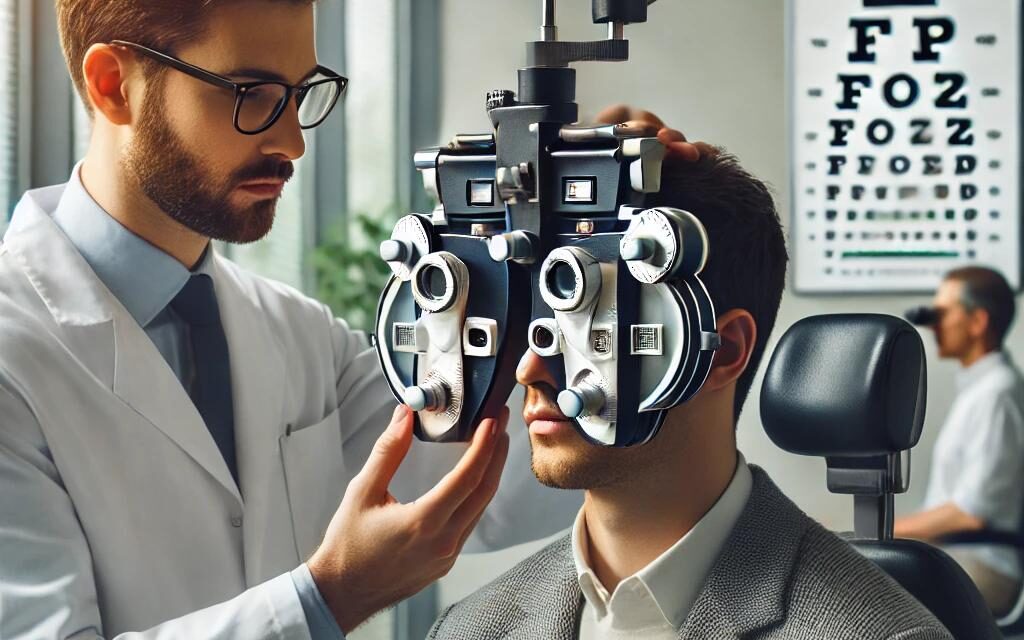Last updated on March 9th, 2025 at 03:00 pm
This article discusses my journey from reading glasses to perfect vision. Apparently, my genes are considered very good. I had never had a serious illness in my life until my vision started going well, South. If you are reading this article and you are already using reading glasses, you know the first part of my story,
it will be similar to yours. If you have not yet arrived at that point in your life, then read on and see what the rest of us have already discovered.
I was fortunate, my vision was 20-15 when I signed up for the U.S. Air Force. I won the marksman medal the first time out. The reason why is that I could actually see the holes in the target when I was shooting without a scope. My drill instructor did not believe in the tight grouping near the center of the target. He thought that the people on both sides of me were shooting into my target.
The drill instructor made a bet on me
To determine if he was right, he made a bet with another drill instructor that if I won, his person (next to me) would have to clean the floor in his office with a toothbrush. If I lost, I would do the same for the other drill instructor. They moved us apart and the entire group watched as we shot our 60 bullets. Once again, mine were in a tight formation. The other person hit the target but not in the center. Guess who did the cleaning.
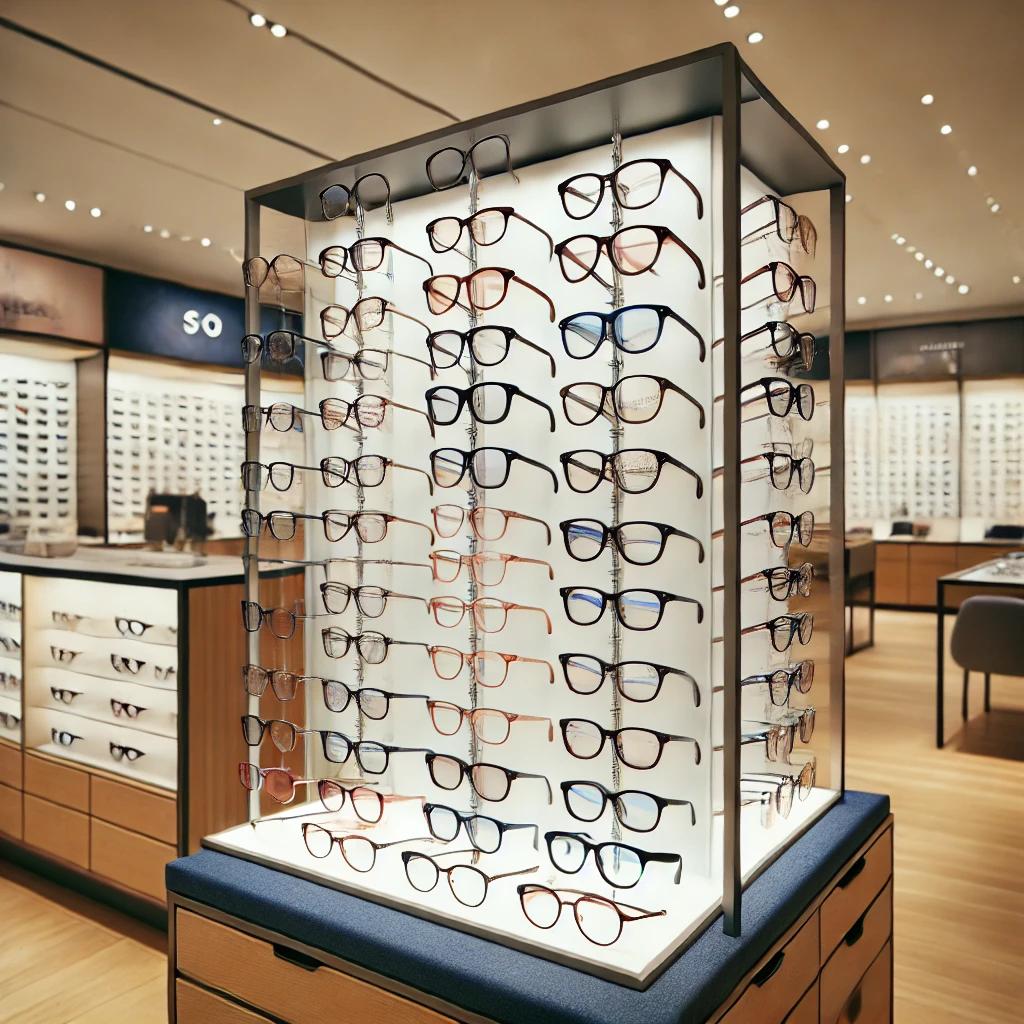
For most of my life, I could see very well, reading or distance. When I hit my mid 50’s my eyes started to get a bit fuzzy. For some time I did not realize it. When I went to a restaurant, I held the menu out. If there was low light, I held what I was reading closer to the light. When driving at night the glare was very hard from the oncoming headlights. I did not have blurry vision exactly, it was just hard to focus.
One day my wife and I were at Costco and walked past the kiosk with reading glasses. I stopped and put a pair on and could not believe the difference. It was great to have clear vision. The reading glasses fixed my near vision and at the time my distance vision was ok.
I thought, why not see if I need prescription glasses? A trip to the eye doctor (optometrist) and I walked out with what I thought were the right reading glasses. As it happened they were terrible. Not sure what they did but the regular pair of reading glasses helped more.
Where are those reading glasses?
Now for the fun part. Every time I needed a pair of glasses they would disappear like that one sock that is missing. Before long, I had reading glasses all over the house, in the car, and at the office. I must have had a dozen pairs. Of course, then there were the ones I lost at the restaurant or other place I visited.
At the time, I traveled a lot for business so I had to have several pair in my briefcase. There were times when I lost my glasses on a trip and had to stop at a pharmacy and buy another pair.
Of course, there was the right strength issue. I started with reading Power 125 (about the least magnified lens) and worked up to about 250 (serious magnification). Then finding the right pair of glasses that felt comfortable was an effort. I read articles on the best reading glasses and spent lots of money and while I could still read with the glasses, there were none that completely solved my eyesight problem.
Macular degeneration in the family
While I was growing older, I learned that my mother, her mother, and my aunt all had macular degeneration. This is a terrible disease that makes people nearly blind over a long period of time. It is genetic. I was worried that I could catch or get this problem.
From what I have read, it seems to stay with females in the family. One by one, my younger siblings started buying readers and then prescription reading glasses. All of these issues are age-related vision changes.
Some start experiencing it in their 40s and even in their 30s. Years ago my wife underwent LASIK surgery to correct distance vision and that worked very well. As she has grown older the lasik has lost its benefits. No one wants blurred vision or double vision, most of us are still searching for solutions.
Before we go on, you should know the difference between an Optometrist and an Ophthalmologist:
Ophthalmologist
- Education and Training:
- Medical doctors (MDs) or doctors of osteopathic medicine (DOs).
- Complete 4 years of medical school, 1 year of internship, and at least 3 years of specialized residency training in eye and vision care.
- Some pursue additional fellowship training in specific eye subspecialties.
- Scope of Care:
- Diagnose and treat all eye diseases.
- Perform eye surgeries (e.g., cataract surgery, LASIK).
- Prescribe glasses, contact lenses, and medications.
- Treat complex eye conditions, such as glaucoma, macular degeneration, or diabetic retinopathy.
- Role: Often consulted for advanced or surgical care of eye conditions.
Optometrist
- Education and Training:
- Doctors of Optometry (ODs).
- Complete 4 years of optometry school after an undergraduate degree, focusing on eye care.
- Some may do additional clinical residencies for advanced optometric training.
- Scope of Care:
- Perform routine eye exams and vision tests.
- Diagnose and manage certain eye conditions like glaucoma or dry eye (depending on state laws).
- Prescribe glasses and contact lenses.
- Provide pre-and post-operative care for eye surgeries (in collaboration with ophthalmologists).
- Limited prescribing authority for medications, depending on regulations.
- Role: Primarily focused on maintaining and correcting vision and managing common eye health issues.
Summary
- Ophthalmologists handle more complex eye conditions, perform surgeries, and provide a broader range of treatments.
- Optometrists specialize in routine vision care, eye exams, and managing less severe eye conditions.
In talking with my family members, most were going to an optometrist to have their eyes checked. They did not seem to know that an ophthalmologist an eye doctor can perform surgery. The equipment to check vision is more extensive at an ophthalmologist’s office than at an optometrist’s office. As it happened, I went to an ophthalmologist college and was examined by an instructor and their students.
They found that I had a growth on my eye called a pterygium called a “surfer eye”. This is a fleshy growth on the eye that can start at one side and can spread across the eye. As it spreads, it pulls the eye and changes its shape. I had it in one eye.
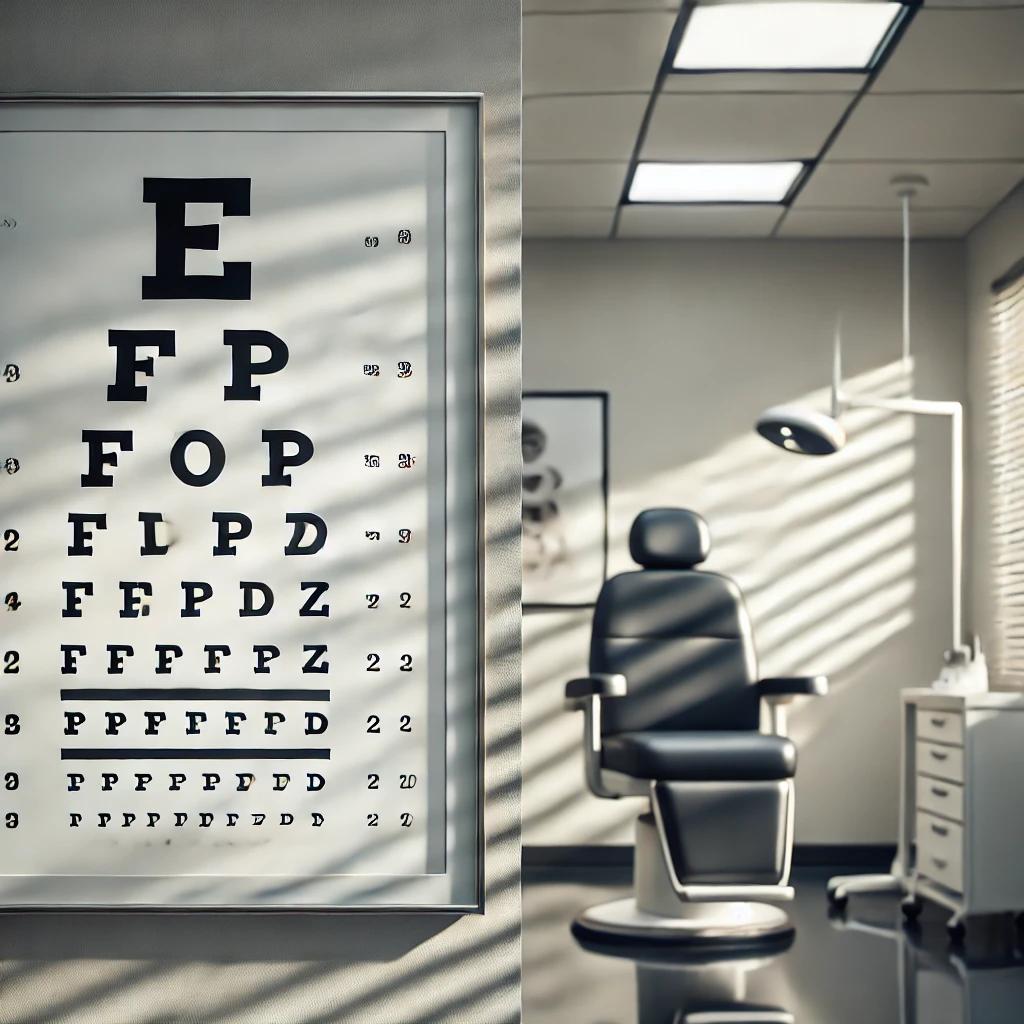
The doctor told me that at that time if I had it removed it would grow back. She said to wait a few years, the medical community was on the verge of finding a way to prevent it from reoccurring. In the meantime, my vision was affected but I lived with it.
A new method was invented
A few years later, I went to an ophthalmologist who said they had recently found a method to keep it from returning. I had the surgery and it was removed. My eye started to go back to its original shape (not completely but close) over time.
Apparently, they inserted a shunt at the edge of the eye preventing the growth from advancing. My doctor told me that the growth was caused by UV rays and is more common in high-sun environments such as Southern California where I lived most of my life. He ordered me to wear sunglasses every time I was outside.
The removal helped my vision but I still wore various strength reading glasses. I have to tell you, I know a lot about a lot of things because of my experiences over the years but I have never been interested in medicine or medical things. I had no idea what prescription was for what. As people get older discussions about medicine, hip replacement and stuff like that are boring. Talk to me about the latest computer or about my business and I was all ears.
I ignored my vision getting worse, it was incremental
My vision was getting worse incrementally, I continued to ignore it. During the past 10 years, technology has produced outstanding definitions in televisions, cell phones, and anything with a screen. I could tell this by looking at the screens. Hold this thought, I will get back to it.
After a while, we moved to the Mississippi Gulf Coast and started finding new doctors. I thought it was time to visit the ophthalmologist to check on my eye surgery. The doctor told me that I had an astigmatism. I had no idea what that was but he told me there was a way to clear my vision. I said ok and left.
When I went home, my wife and I started talking about it and looked up astigmatism on the internet and found that this was the culprit for my fuzzy vision. It can not be cleared up with prescription lenses. My vision loss would continue. I decided to go back and hear what Dr. Benefield had to say about a procedure that would change everything and give me a clearer vision.
Dr Benefield proposed implanting a new lens
He proposed implanting a new lens in my eye. There were three choices. One would result in good vision, the next one would improve a bit better and the Toric lens would give me the best results. The difference is that my insurance would pay in full for the first one and the Toric would cost me out of pocket. The doctor gave me information about the lens and I watched videos about it.
At that point, being a person who had never had major surgery, no broken bones or issues, this seemed to be a serious operation. I was told that I would have a perfect pair of eyes when the surgery was complete. The first step was to prepare and have one eye done than come back after a few weeks for the second one. I scheduled surgery and was surprised that I was awake throughout the entire process. Zero pain.
My wife picked me up and during the drive home, I could see very well. The good news is that with only one eye done at the time, I could see clearly. The eye’s ability to compensate for the other foggy eye was amazing. When I looked at my phone I could not believe the clarity and the colors.
I could see clearly again
The same with the TV at home. It is a whole new world. Nearby objects and far-away things were in focus. Did I mention that I never experienced any side effects or pain?
The doctor requested a visit the afternoon after surgery then a few days later then a couple weeks later. Soon I was back for the second eye. My vision improved just a bit since the good eye was compensating for the fuzzy eye. With both eyes, life has been great. I went back to see the doctor a few weeks after the last eye and my vision was 20-16 in one eye and 20-20 in the other. The 20-20 eye was because of the previous pterygium stretching.
I could read every letter on the eye chart even those extremely small ones at the bottom. I can see the smallest font size on a computer. My eye conditions are always good. I do not require eye drops or any specific eye care. I wear sunglasses when I go outside.
No more reading glasses, ever
One of the best things is that I don’t need progressive lenses, multifocal lenses, over-the-counter reading glasses, or anything to see perfectly. Even when the light is low at a restaurant, I do not need extra light to read the menu.
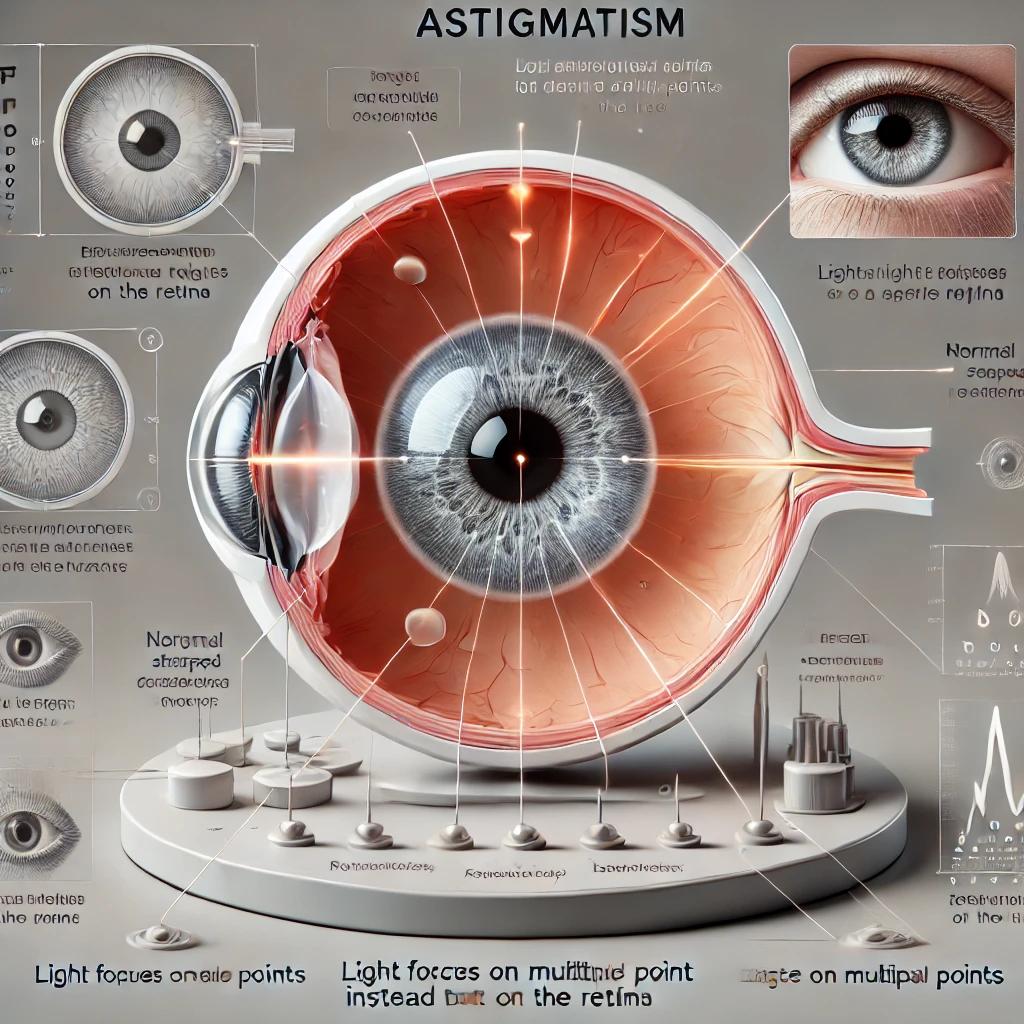
Just because I did not know what astigmatism was does not mean that I can not educate you about what it is. According to the data below, about half of seniors have the condition. It’s a good option to see an ophthalmologist when you get older to check your visual acuity. Even children and some teenagers can develop an astigmatism. Common signs of the disease are trouble focusing, difficulty seeing at night, and requiring more light to read. See more below:
Astigmatism is a common refractive error affecting a significant portion of the population across all age groups. Here’s an overview:
Prevalence of Astigmatism
- Global Prevalence: Studies estimate that 30-50% of the global population has some degree of astigmatism.
- In the United States:
- About 36% of adults have astigmatism of 1.0 diopter (D) or greater.
- The prevalence varies depending on age, ethnicity, and methods used to measure it.
Astigmatism by Age Group
- Children and Adolescents:
- Astigmatism is relatively common in children and can occur from birth.
- Around 20-30% of children under 18 have astigmatism of 1.0 D or greater.
- Early detection is critical as uncorrected astigmatism can lead to amblyopia (lazy eye) or other vision issues.
- Adults:
- Astigmatism prevalence increases with age.
- By adulthood, roughly 1 in 3 people experience significant astigmatism.
- Regular eye exams are essential, as prescriptions can change over time.
- Older Adults:
- Astigmatism becomes more common with age due to changes in the eye’s natural lens.
- Studies show that the prevalence of astigmatism among individuals over 60 can exceed 50%.
- It is often associated with other age-related eye conditions, such as cataracts.
Other Factors Influencing Astigmatism Prevalence
- Ethnicity:
- Higher rates are observed in certain groups. For example:
- Asian and Hispanic populations tend to have higher rates of astigmatism.
- African American and Caucasian populations may have slightly lower prevalence rates.
- Higher rates are observed in certain groups. For example:
- Gender:
- Research indicates no significant difference in prevalence between men and women.
Conclusion
Astigmatism affects people of all ages, from infancy to old age, with prevalence rates ranging from 20-50% depending on age, ethnicity, and other factors. Routine eye exams are vital to ensure early detection and proper correction, as astigmatism can impact vision quality and daily life.
So that you can understand what these lenses are, I have included the following:
Why Toric Lenses Are Often Considered the Best:
- Tailored for Astigmatism:
- Toric lenses are designed specifically to correct the irregular curvature of the cornea or lens that causes astigmatism.
- They provide clearer, more stable vision compared to standard spherical lenses, which cannot correct astigmatism effectively.
- Customizable:
- Toric lenses are available in a wide range of prescriptions, allowing for a high degree of customization to meet individual needs.
- Versatility:
- Available as soft contact lenses, rigid gas permeable (RGP) lenses, and intraocular lenses (IOLs) for cataract surgery, giving patients multiple options depending on their situation.
- Stability:
- Toric contact lenses are designed to stay in the correct orientation of the eye (using features like weighting or stabilization zones), ensuring consistent vision correction.
Limitations or Alternatives to Toric Lenses:
While toric lenses are excellent, some scenarios might lead to exploring alternatives:
- Rigid Gas Permeable (RGP) or Hybrid Contact Lenses:
- For individuals with severe astigmatism or keratoconus, RGP or hybrid lenses (a combination of RGP and soft lenses) may provide sharper vision.
- These lenses rely less on alignment because of their rigid shape, which creates a smooth refractive surface.
- LASIK or Other Surgical Options:
- For individuals who prefer a permanent solution, refractive surgery like LASIK can correct astigmatism by reshaping the cornea.
- Eyeglasses:
- Toric lenses in glasses are simple to use and effective but may not be suitable for those who need a more natural field of vision or who engage in sports or activities where glasses are inconvenient.
- Cost and Adaptation:
- Toric lenses (especially toric contact lenses or intraocular lenses) can be more expensive than standard lenses.
- Some people may take longer to adapt to the feel of toric contact lenses or find them slightly less comfortable than standard soft lenses.
Verdict:
For most people with astigmatism, toric lenses are indeed the best choice because they are purpose-built for the condition and deliver superior visual clarity. However, the “best” solution varies by individual, so it’s essential to consult with an eye care professional to explore all options based on your specific vision needs.
Toric lenses are not a brand name, they are a type of lens. Several manufacturers make them.
Summary
It was a long journey for me to get from good vision to cloudy, using reading glasses to finally get my eyesight back to perfect vision again. Not everyone can solve their vision with the simple surgery and implant that worked for me. You will never know if you don’t ask.
I have found that the doctors on the Mississippi Gulf Coast are excellent. My Ophthalmologist did a terrific job.
I waited too long, doctors are reluctant to implant Toric lenses unless you meet certain criteria so they may ask you to wait for a while. Good luck.
Please leave comments so others can benefit.
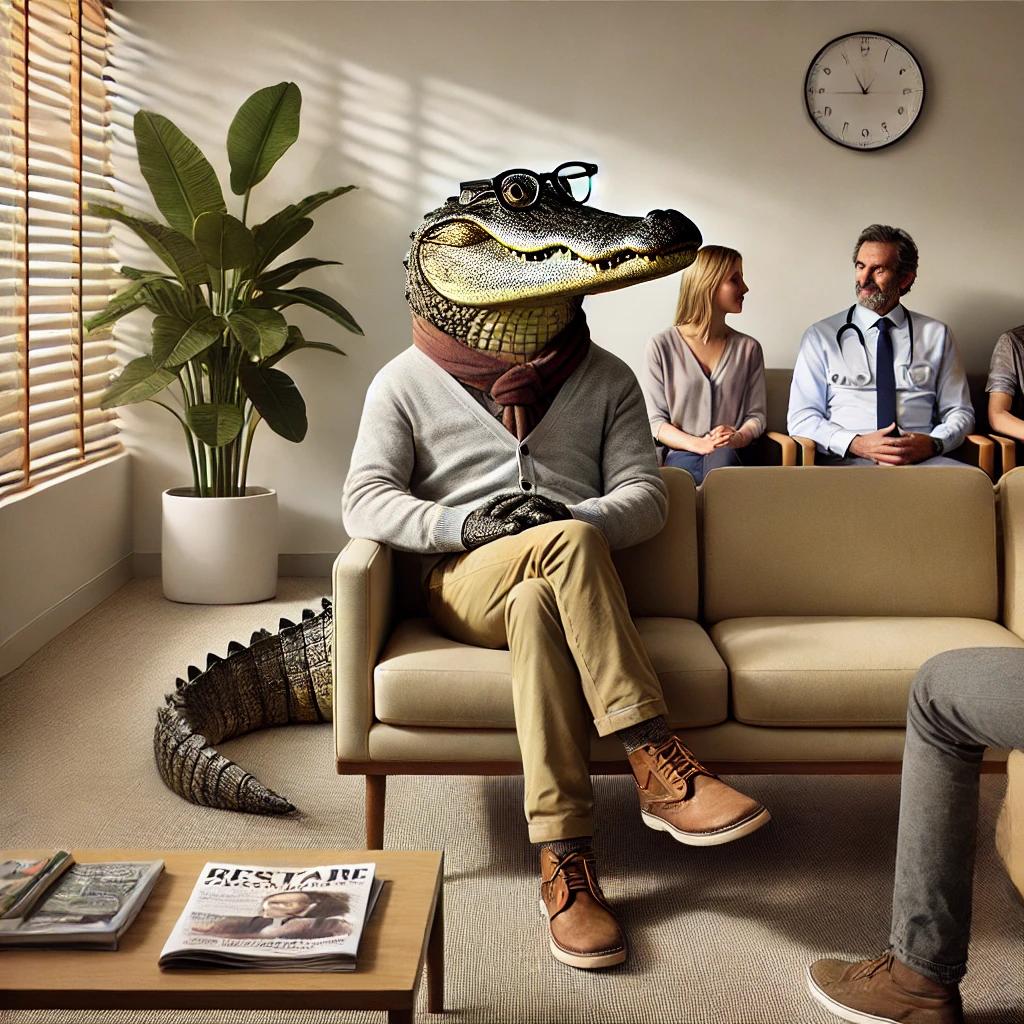
Discover more from RetireCoast.com
Subscribe to get the latest posts sent to your email.

